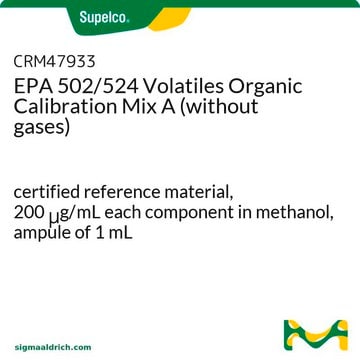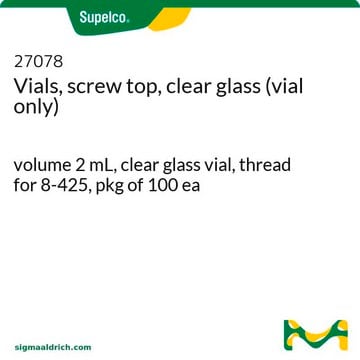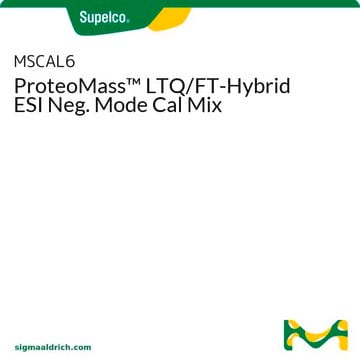OGS1495
PSF-CMV-PURO-NH2-VSV G - VSV G SECRETION PLASMID
plasmid vector for molecular cloning
Synonyme(s) :
cloning vector, expression vector, molecular cloning vector, plasmid, plasmid vector, snapfast vector, vector
About This Item
Produits recommandés
Forme
buffered aqueous solution
Poids mol.
size 6191 bp
Sélection de bactéries
kanamycin
Sélection de cellules de mammifère
puromycin
Origine de la réplication
pUC (500 copies)
Clivage des peptides
no cleavage
Localisation du marqueur peptidique
N-terminal
Promoteur
Promoter name: CMV
Promoter activity: constitutive
Promoter type: mammalian
Gène reporter
none
Signal de sécrétion
VSV G
Conditions d'expédition
ambient
Température de stockage
−20°C
Description générale
About the Peptide Tag:PSF-CMV-PURO-NH2-VSV G - VSV G secretion plasmid contains a Vesicular Stomatitis Virus G (VSVG) protein secretory signal peptide (SP) to allow proteins to be exported from the cytosol. During translocation from the cytosol the signal peptide is removed from the protein by endogenous proteases.
Promoter Expression Level: This plasmid contains the mammalian CMV promoter to drive gene expression. We have tested all of our mammalian promoters in a range of cell types and CMV is consistently the strongest in those we have studied. However there are many reports of the CMV promoter demonstrating silencing by methylation in long-term culture.
N-terminal Vesicular Stomatitis Virus (VSV) G secretory signal peptide plasmid. This mammalian expression vector has no protease or other cleavage tags.
Transcription Termination:
This plasmid contains three alternative transcription terminators for mammalian bacterial and bacteriophage (T7) expression. This means that only the promoter needs to be changed to alter the expression system you are using. We sell multiple promoters that can be used in each of these systems. The presence of each terminator does not reduce expression in the alternative systems.
Séquence
Remarque sur l'analyse
Produit(s) apparenté(s)
Code de la classe de stockage
12 - Non Combustible Liquids
Point d'éclair (°F)
Not applicable
Point d'éclair (°C)
Not applicable
Faites votre choix parmi les versions les plus récentes :
Certificats d'analyse (COA)
It looks like we've run into a problem, but you can still download Certificates of Analysis from our Documents section.
Si vous avez besoin d'assistance, veuillez contacter Service Clients
Déjà en possession de ce produit ?
Retrouvez la documentation relative aux produits que vous avez récemment achetés dans la Bibliothèque de documents.
Active Filters
Notre équipe de scientifiques dispose d'une expérience dans tous les secteurs de la recherche, notamment en sciences de la vie, science des matériaux, synthèse chimique, chromatographie, analyse et dans de nombreux autres domaines..
Contacter notre Service technique








